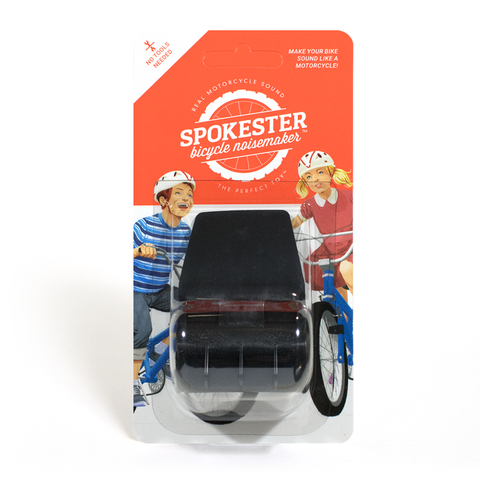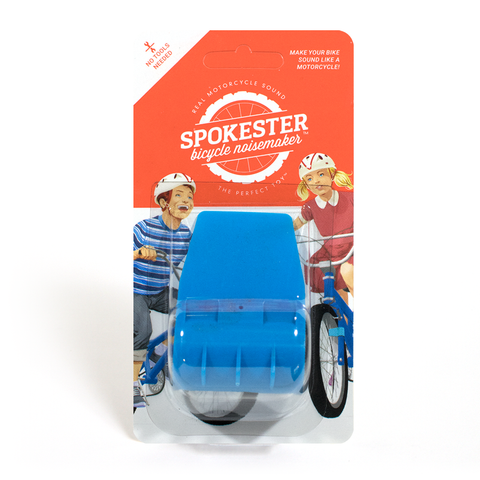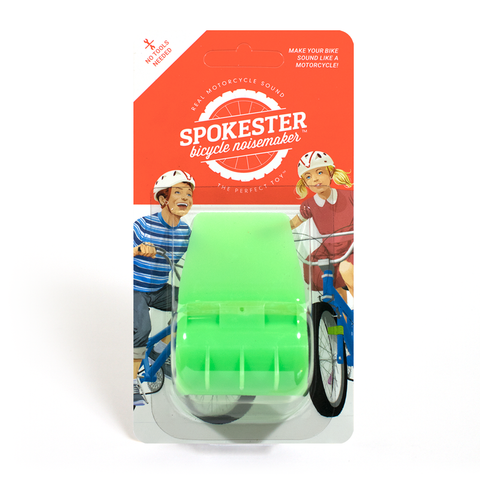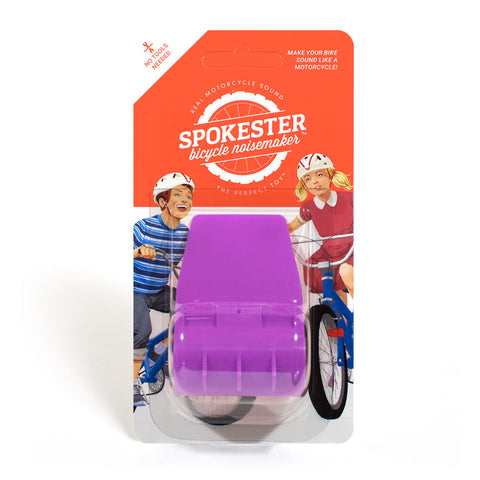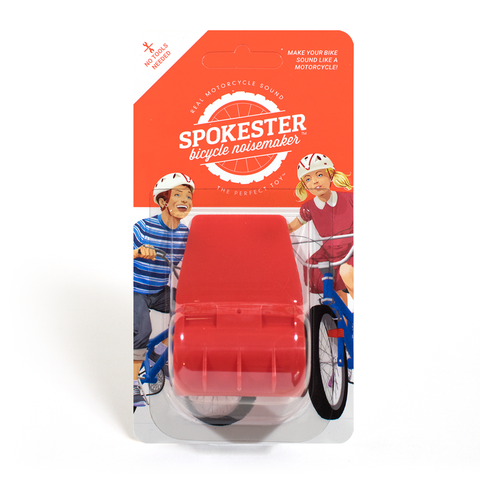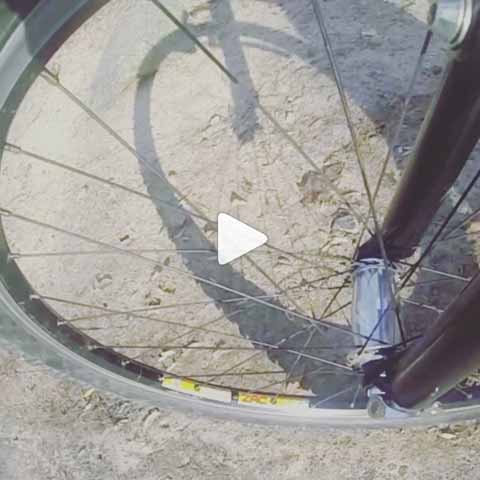Bike Frame Materials: Pros and Cons
Did you know that the world's first bike was built in 1817 out of wood? To say we've come a long way would be an understatement. Today's frames are obviously far more comfortable and durable than their predecessors, ranging from steel and aluminum to space-age carbon fiber and titanium.
Different bike frame types include
Steel Bike Frames
Steel is one of the most common bike-frame materials on the market. It was the only bike-frame material on the market for decades. There are several reasons for its popularity but they need to be weighed against steel's downsides.
Steel Bike Frame Advantages
Strength
Bikes using steel—specifically chromoly rather than its cheaper high-tensile counterpart used in low-end department store bikes—are quite strong. And their strength-to-weight ratio can be adjusted during the manufacturing process through what's known as "butting."
Whereas straight gauge tubes have uniform thickness, single-, double-, or triple-butted tubes do not. Their welded ends are thicker than their centers, reinforcing or lightening them as necessary. The result is a muscular piece of equipment.
Improves Suspension
It also leads to a smooth ride. Steel's springy quality mitigates the roughness of bumpy roads, making long rides more comfortable for your hands and legs. This also makes it easier to find a nice climbing rhythm when pedaling through hilly areas.
Durability
Hand in hand with strength is steel's durability. You can knock these guys around and they'll keep coming back for more. Combine this with the inexpensive price tag relative to some other materials and easier repairs over the long haul and you can get some great value out of steel-framed bikes.
Affordable
Steel frames have an inexpensive price tag relative to some other materials and easier repairs over the long haul. You can get some great value out of steel-framed bikes.
Steel Bike Frame Disadvantages
Weight
Compared to other materials, steel is heavy. This might not be an issue for everyone, but weight may come into play for others as it requires a higher level of fitness, stamina and strength. It’s certainly a factor in any sort of competitive racing as well.
Corrosion
The other thing to keep in mind is corrosion. Wet or wintry climates in particular could rust steel frames more quickly than drier ones. This is not to say you can't clean and take care of your bike, but you do typically need to pay more attention to regular maintenance with this option.
Aluminum Bike Frames
Aluminum has overtaken steel as the most common frame material on the roads and trails today. Its popularity is due to both its specific metallic properties and frugal price point. That said, shelf-life may be an issue for aluminum bikes (think Coke can versus steel drum). We'll look at both sides of the coin.
Aluminum Bike Frame Advantages
Aluminum is associated with two primary characteristics: light and stiff. This is great if you're looking for a fast ride, but too light and you risk strength.
That's why the aluminum in bikes is alloyed with other metals. This keeps the weight and density of the material down while stiffening the overall frame. Like steel, aluminum tubes can be butted to optimize strength.
Strength-to-Weight Ratio
Unsurprisingly, these features are preferred by many racers. Road bikers of all ages enjoy the improved performance over steel options. Mountain biking fans also appreciate what aluminum can do out on single track. Its ability to be formed into different shapes feeds nicely into full-suspension MTBs, and the strength-to-weight ratio makes it easier to take on steep slopes.
Affordable
Unlike their more advanced carbon fiber and titanium cousins, aluminum bikes are pretty easy to manufacture. Cutting down on the time and expertise necessary to build bikes also happily cuts down on their cost. This is great if you're not looking to tackle the Alps any time soon.
Aluminum Bike Frame Disadvantages
Durability
If you're looking for light and inexpensive, you're facing a trade off somewhere. In this case, it's durability. Aluminum simply fatigues more quickly than other materials. This is true with both long-term wear and tear as well as individual wrecks or accidents.
Since it's extremely difficult to manipulate aluminum back into its original shape, even seemingly small dings and dents can challenge your nearest mechanic.
Ride Quality
Aluminum has also gained a bit of a reputation for harsh ride quality. It's all relative, but other materials like steel tend to do a better job in cutting down on vibration transfer to the rider over bumpy surfaces. That said, newer aluminum technologies have done a nice job in turning this corner.
Carbon Fiber Bike Frames
If we take a brief detour from the metal family, we run straight into carbon fiber. Without going all engineer on you, carbon fibers are thinner than strands of hair. Once woven into hundreds of layered sheets, resin is added to glue everything together. This gives you a reinforced, inflexible composite material.
Carbon Fiber Bike Frame Advantages
Professional Strength-to-Weight Ratio for Racing
Of our four frame types, carbon fiber is the lightest and stiffest (even more than aluminum). Because of its slight flex followed by progressive tightening, this is the preferred material for many sprinters and climbers. In fact, every Tour de France winner in the last 20 years has sported a carbon fiber bike. From the pro peloton to top-tier triathlons, this is the stuff you're going to find the serious racers piloting.
Much of this has to do with the versatility carbon fiber offers during the manufacturing process. Designers aren't limited by tube shape, meaning they can tailor the structure in all kinds of ways.
Aerodynamics
Carbon can be layered in different angles and directions to produce various degrees of strength and stiffness-to-weight ratios. It also allows bike makers to maximize aerodynamics, an obvious plus when you’re talking about high-speed competition.
Carbon Fiber Bike Frame Disadvantages
Durability
From a construction standpoint, this guy's chief downfall is durability. When it was first introduced on bikes, carbon composites were somewhat mediocre, and inconsistencies in manufacturing methods resulted in frame cracks and failures. But, bicycle brands learned from their mistakes, and these early issues have been virtually eliminated.
Of course, nothing's perfect. Because of its rigidity, carbon fiber can still be compromised under excessive stress. Unfortunately, this kind of damage isn't always clearly visible. A carbon fiber bike with weakened structural integrity is fragile. It must be carefully inspected after any sort of collision to avoid the dangers of complete failure while in motion.
Diverse Range in Quality and Price
However, carbon fiber is an excellent choice for bikes. Just be careful about what you're buying since not all frames are created equal (to the point that many brands even use different names for their own carbon fiber terminology). Quality is based on things like how the raw material is heated and layered and what resin is used to make the composite product.
Consequently, performance ranges widely between cheap and expensive bikes. Prices do, too, but luckily these have been dropping steadily for higher-end models.
Titanium Bike Frames
If steel frames are the Incredible Hulk of the bike world, titanium frames are the Superman: lighter and stronger. Of course, Superman comes with a super premium, which makes titanium one of the rarer frame materials on the circuit.
Titanium Bike Frame Advantages
Strength-to-Weight Ratio
Like we said, very light and ridiculously strong. Similar to aluminum, bike titanium is actually an alloy that includes a dash of other metals such as aluminum (go figure) and vanadium.
Suspension
Titanium also makes for one smooth trip and is renowned for its bump-absorption over splotchy terrain.
Durability
At least when it comes to the frame, titanium bikes are practically indestructible (but please don’t test this out at home). They hold up extraordinarily well against wear and tear. Their anti-corrosive properties help brush off water, road salt, and other elements that wreak havoc on alternative materials.
Lifetime Warranties
Because titanium bikes last so long if well cared for, most brands offer lifetime warranties against manufacturing defects. If nothing else, this is certainly a nice way to justify the up-front investment.
Titanium Bike Frame Disadvantages
Raw titanium is expensive. Construction is labor intensive. Significant expertise is needed. Availability is typically limited to boutique or custom shops. Repairs are challenging. Be prepared to shell out for a titanium frame.
What Bike Frame Type is Best for Kids?
Riding style, size, climate, experience, budget, and other individual considerations should all play into your decision when selecting the best bike frame for your kids.
Let's summarize the advantages and of disadvantages of different bike frames to support your search.
- Steel: Strong and smooth. Buy steel if you're looking for durability and don't mind the extra weight. These are great for casual and touring cyclists once they get a little older.
- Aluminum: Light and inexpensive. Buy aluminum if weight is an issue or if your kid is becoming more involved in a specialized sport that requires stronger performance than steel.
- Carbon Fiber: Stiff and ultralight. Buy carbon fiber if you've become a regular parent on the competitive racing scene and you can stomach the higher price tag.
- Titanium: Powerful and durable. Quite simply, buy titanium if your child is a serious cycler and you want it to be the last one you purchase for a while. Or ever.
Good luck on the bike hunt! And remember, young rider styles, tastes, and sizes can all change over time. If Jenny and Johnny decide to ditch their aluminum MTBs for carbon fiber roadies, keep your eyes peeled for ways to recycle your unused bikes so the next generation can enjoy them!
← Older post Newer post →
